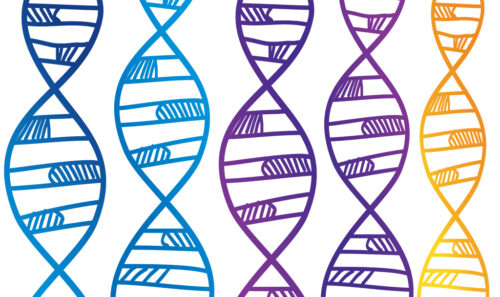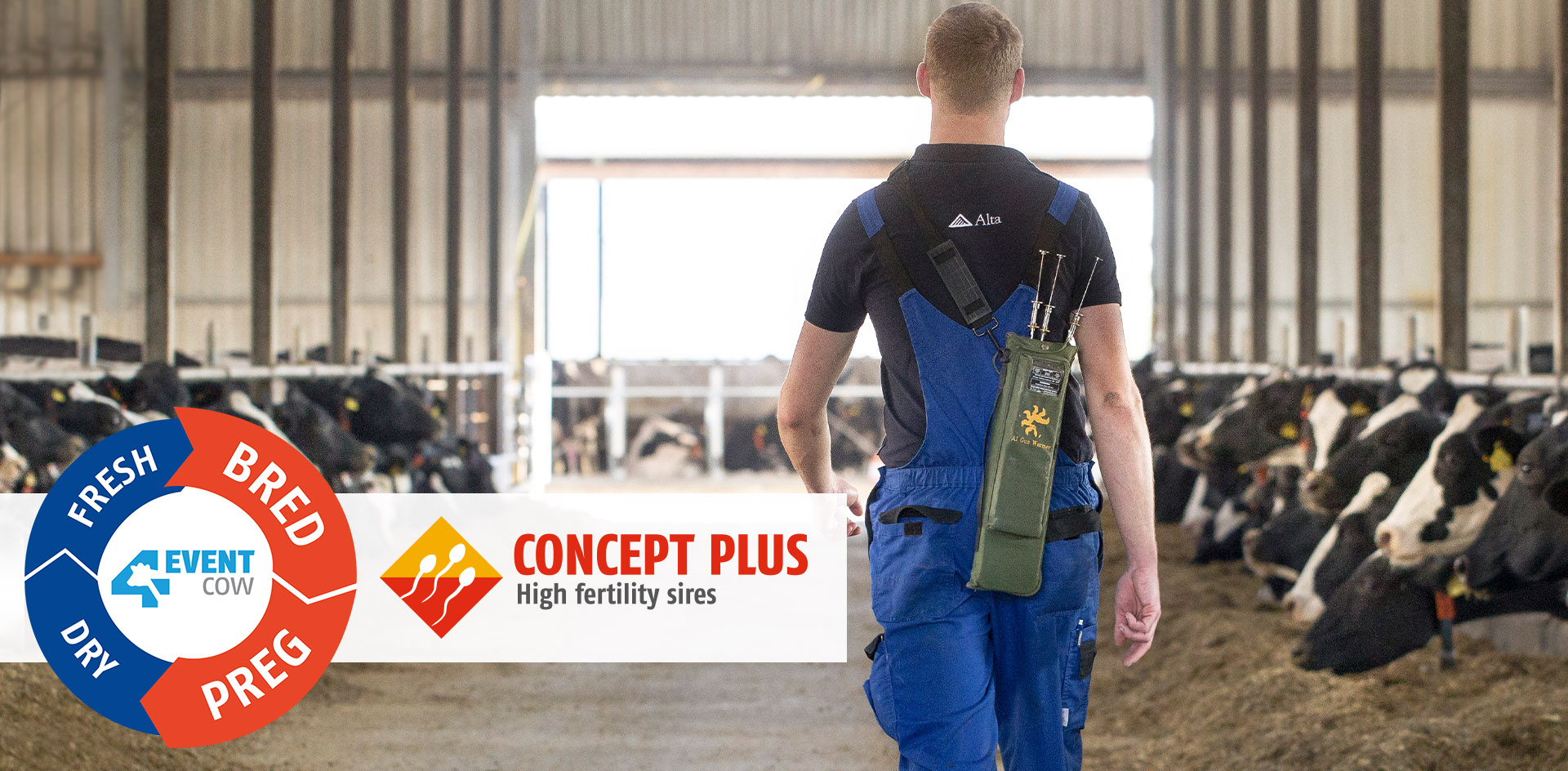1. The NM$ update is official with August 2021 proofs
Why does this matter?
If you select genetics based on NM$ (or CM$, FM$, or GM$), it will be important that understand the updates so that you know what you’re selecting for as you create your future herd.
2. There are 3 new traits in the mix
These traits were first released last year, but this is the first proof round where they will actually be included in the NM$ formula.
- Feed Saved (FSAV) – included at 13% of the new NM$
You won’t actually see Feed Saved listed in NM$. Instead, it is included through the sum of its parts: a combination of 9% weight on Body Weight Composite (BWC) and 4% emphasis on Residual Feed Intake (RFI). Feed Saved will still be a calculated trait that is published, so if you’re looking to know that value for a given bull, you will be able to find it. - Early First Calving (EFC) – included at 1% of the new NM$.
It’s simply the age at first calving, in days, but with the sign reversed. Since there is an economic benefit for heifers to calve at a younger age, bulls that have daughters calve younger/earlier than expected will have a positive value. If a bull transmits the genetics expected to reduce first calving by 2 days, his PTA for Early First Calving would be +2.0 days
- Heifer Livability (HLIV) – included at 1% of the new NM$
HLIV is the expected percentage of an animal’s female offspring that survive in an average herd from 2 days after birth up to 18 months of age. Larger, positive values are more favorable. The average Heifer Livability percent is 96%, so if a bull is +1.0 for HLIV, then 97% of his daughters would be expected to survive from 2 days up to 18 months of age.
3. The bucket weights are updated
49% Production
48% Health & Efficiency
3% Conformation
The new NM$ breaks down a bit differently than in the past. What are the keys to know about the new breakdown?
- Production – the Fat:Protein ratio is different, with slightly less relative weight on Fat than there was previously.
- Health & Efficiency – in Alta terminology, we will add the word ‘Efficiency’ to describe this bucket.
This is an Alta update to our proof lingo and how we’ll communicate the bucket names. We’ll use this terminology when talking about all genetic plans. By choosing to adapt this terminology, we can better discuss your best future herd. A herd made up of efficient, trouble-free 4-Event cows. The term ‘efficiency’ also allows us to most accurately categorize each trait. For example, a trait like RFI (part of Feed Saved) does not have a clear place when we’re limited to the bucket options of production, health, or conformation.
Conformation – With the update, this bucket has very little emphasis and is included at less than 4% weight placed on udders and feet and legs in the NM$, CM$, FM$, and GM$ formulas.
4. On average, bulls will have higher NM$ values in August than they had in April
Why does this matter?
You’ll need a new frame of reference for a bull’s NM$. On average, males and females will increase about 100 NM$. That means bulls that are currently around $850 for NM$ will increase to around $950 NM$. These are the expected increases that the whole industry will see before accounting for any differences from new, August proof info – it’s based solely off the new NM$ formula calculations.
5. Genetic planning discussions are as important as ever
Industry updates create noise – and questions. And that can be distracting.
- Is NM$ the right selection index for you?
- Or is it better to take a customized approach to genetic planning?
- Do you include the new traits in your selection criteria?
- Or do you keep with the plan you have in place?
- How do you know which is the right option?




